Astronomers used a computer and data about the star AB Doradus to make this picture. This is what the star might look like. Can you see some starspots on AB Doradus?
Click on image for full size
Image courtesy A. Cameron, M. Jardine and K. Wood, University of St Andrews.
Starspots
Did you know that the Sun has spots? They are called sunspots. Other stars have spots too. They are called starspots.
Both sunspots and starspots are cool spots (well, colder than the bright areas around them). They are also darker than the areas around them. Can you pick out any starspots on the star in the picture?
Astronomers have found starspots on stars like AB Doradus and EK Draconis. If you could name a star, what would you name it?
Some of the starspots that astronomers have found are HUGE! They are 10,000 times bigger than the largest
sunspots seen on the Sun.
You might also be interested in:
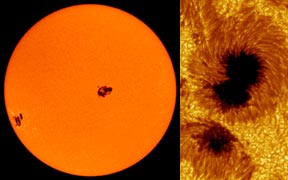
Sunspots are dark spots on the Sun. They may look small, but they are actually as bigas a planet like Earth or Mars! Sunspots are "dark" because they are colder than the areas around them. Of course, they
...more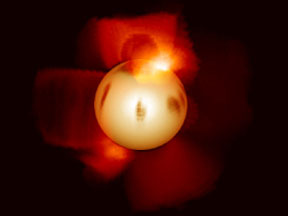
Did you know that the Sun has spots? They are called sunspots. Other stars have spots too. They are called starspots. Both sunspots and starspots are cool spots (well, colder than the bright areas around
...more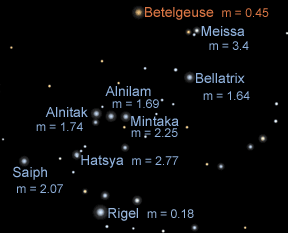
Astronomers use a special term to talk about the brightness of stars. The term is "magnitude". The magnitude scale was invented by the ancient Greeks around 150 B.C. The Greeks put the stars they could
...more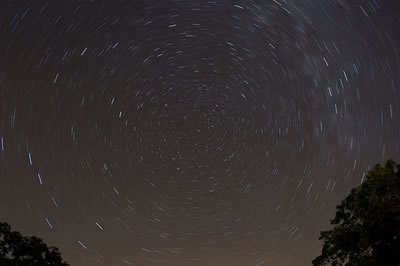
Because of the rotation of the Earth and its orbit around the Sun, we divide the stars and constellations into two groups. Some stars and constellations never rise nor set, and they are called circumpolar.
...more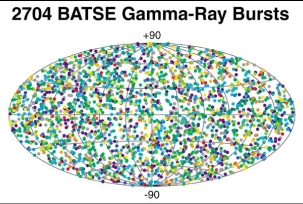
Satellites in the 1960's looked for a type of light called Gamma Rays. They found bursts of Gamma Rays coming from outer space! They can't hurt you. They are stopped by the Earth's atmosphere. We have
...more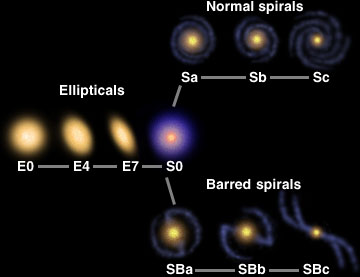
When we look up at the night sky, we notice that there are many stars in our sky. Stars must like to live together in star cities - galaxies. Our city of stars is called the Milky Way, and it is home to
...more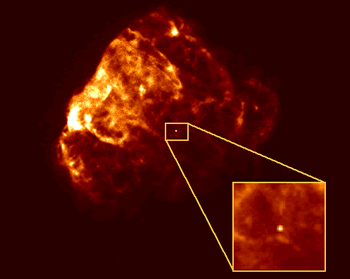
Neutron Stars form when really big stars die. When such a star runs out of fuel its center begins to collapse under gravity. When the center collapses the entire star collapses. The surface of the star
...more














